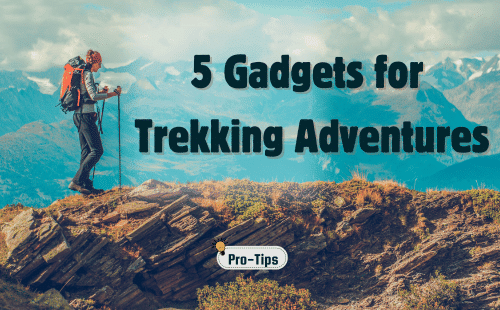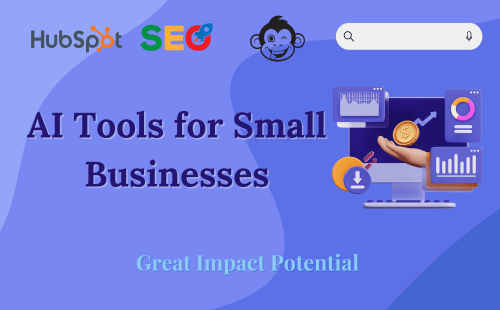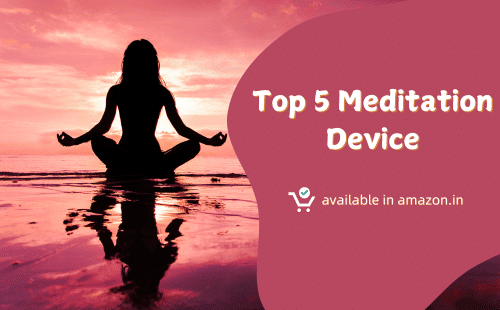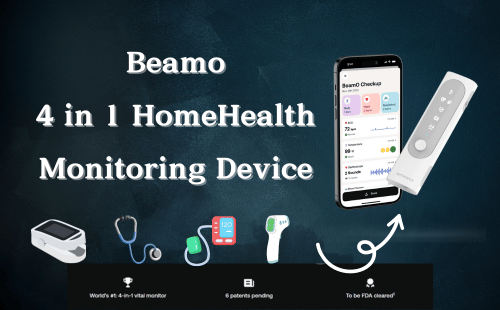In today’s digital age, having a website is essential for individuals and businesses alike. A website serves as your online identity, enabling you to showcase your products, services, or personal portfolio to a global audience. But what exactly is a website, and how can you develop one? In this blog, we will dive into the world of web development, exploring its fundamentals and how it enhances your productivity as well as profitability.
Understanding Websites and Web Development
Before jumping into the web development process, let’s discuss what a website is. A website is a collection of web pages interconnected by hyperlinks and hosted on a web server. It combines various elements, such as text, images, videos, and interactive features, to deliver information or services to visitors.
Web development refers to the process of creating and maintaining websites. It Includes various parameters, including web design, programming, content creation, and website management. besides that you need to have a good idea of how domain names & Hosting works and how to purchase their plans. The primary objective of web development is to build an engaging, functional, and user-friendly website that aligns with your goals.
Domain Names & Hosting
Basically, domain name is the unique name or you can say address where your website is present, just like address of your house. On other hand Hosting is the actual house where you live or where your website data will be stored.

If you have any confusion regarding Domain and Hosting or don’t know how to purchase it. Please go through the detailed articles provided below:
* Make sure your Domain is pointing towards your Hosting.
Planning Your Website

A well-structured plan is crucial for a successful web development project. Consider the following key points during the planning phase:
- Define your website’s purpose and target audience.
- Conduct research and analyze similar websites.
- Determine the key features and functionality you want to include.
- Sketch a sitemap to outline the site’s structure and navigation.
- Create wireframes or mockups to visualize the design and layout.
Designing Logo, Tittle and Tag-line
A unique and explanatory Tittle is always preferable, but Domain Name availability restricts the area of exploration. Make sure you have a unique name and low competition in search results. Choose domain name accordingly that is similar to your Tittle.

Tag-line is not mandatory or necessary but a short tagline is preferable which can glorify your vision and summarize your work in a sentence of 4 or 5 words.
Designing a logo can be quite exhausting when you have no clear perception regarding what you are building. You can take help from AI websites (Top 5 Free AI Logo Maker) or Build your own with tools. (Top Tools and Websites to Create Stunning Logo). Be careful about the color you choose, it should match with the entire website’s color scheme as you planned.
Don’t forget to create a 50×50 favicon of the logo.
Developing Your Website:
Once you have a clear design direction, it’s time to dive into the development phase. Follow these steps to bring your website to life:
Now as you have Domain, Hosting, Logo, Tittle and Tag-line.
There’s three (3) way you can build the entire Website.
Using CMS (Content Management Systems)

Highly recommended for beginners with less or zero knowledge of coding, majority of the websites on internet are built on CMS s. they provide flexible and easy interface to operate with admin panel. You can customize it any way possible you want with themes, templates and plugins or modules.
There are different types of CMSs for different kind of Website:
For blogging, content writing, articles, magazine or news portal you can use WordPress, Joomla, Drupal etc.
To build E-Commerce site you can use PrestaShop, WordPress with Woocommerce plugin, OpenCart etc.
Using Drag and Drop Website Builders
Internet have solution for everything, this option can be opted when you have at least basic knowledge of HTML, CSS and JS or any other language like React or Angular JS.

There are free websites that let you build website by drag and drop and also generates codes side by side, which further can be edited or exported in your comfortable programming language.
Major benefit of building on such websites are they provide full control over the project and consumes less time to build. the end product seems raw and self codded which further can be edited with editors.
But websites built on these platforms can’t provide you enough security over the pages. and functionality is totally depends on your programming knowledge and you also have to manually upload the content in your hosting storage.
List of such platforms are:
Self-codded using HTML, CSS and JS on editor

This is for Web Programmers, choose a good and efficient text editor or script editor and start building from scratch, Platforms like VS Code, Notepad, Notepad+ allows you to edit and write codes easily without mistake.
You can build website using HTML, CSS and JS (javascript) or choose language like angular, Next, React JS etc.
It is suggested to have a folder and directory under to store assets structurally. unstructured assets creates confusion. also make sure built it in correspond to comply with SEO (search Engine Optimization.
Security and functionality depends upon the language and the programs written. after completion you have to manually upload it to your hosting storage.
Content Creation and Optimization:

Compelling content is the backbone of any successful website. Follow these tips to create and optimize your content:
- Craft engaging and relevant content that resonates with your target audience.
- Utilize appropriate keywords strategically throughout your website’s pages.
- Create informative and shareable blog posts to drive traffic and establish thought leadership.
- Ensure your content is well-structured with headings, subheadings, and bullet points for readability.
- Regularly update your website with fresh content to maintain relevance and encourage return visits.
Google Search Console and SEO

After creating and uploading your website, you’ll see that the website is running on surfing to that particular domain name. but your audience will be searching on google or similar search engine like bing etc.
To make presence on search results, you have to submit and verify your website to Google’s search console portal. where you can track your listing and audience. Submission of sitemap is important after your website get verified. Search appearance is directly depends on the SEO of your pages. you need to improve content SEO to get better ranking on google search.
Know More About SEO (search engine Optimization)
Winding Up
Building a website is an exciting and rewarding endeavor. By understanding the fundamentals of website development, planning meticulously, implementing thoughtful design, and optimizing your content, you can create an online presence that ranks well on Google and captivates your target audience. Remember, the key to success lies in creating a user-friendly website that delivers an exceptional experience to your visitors.










